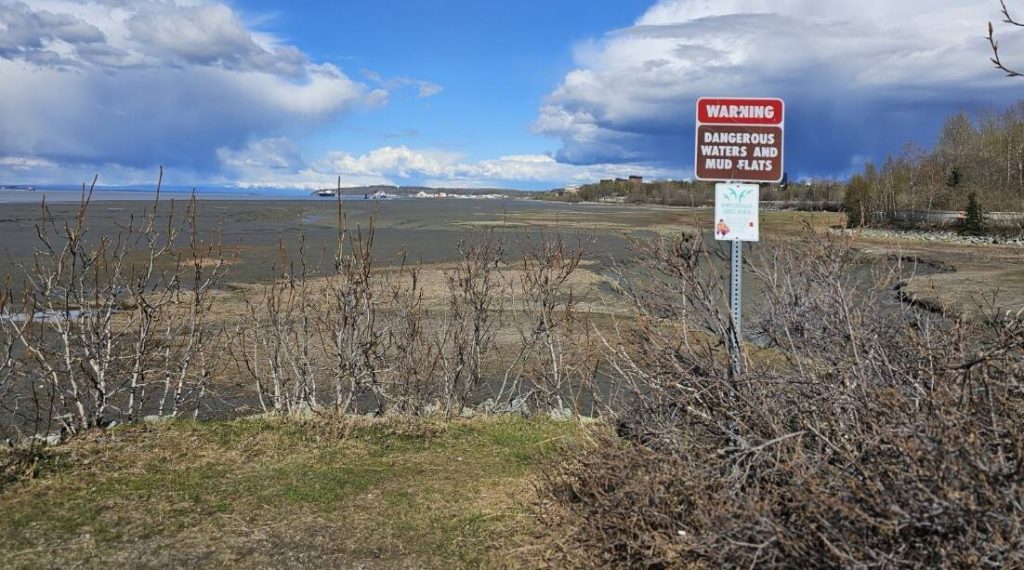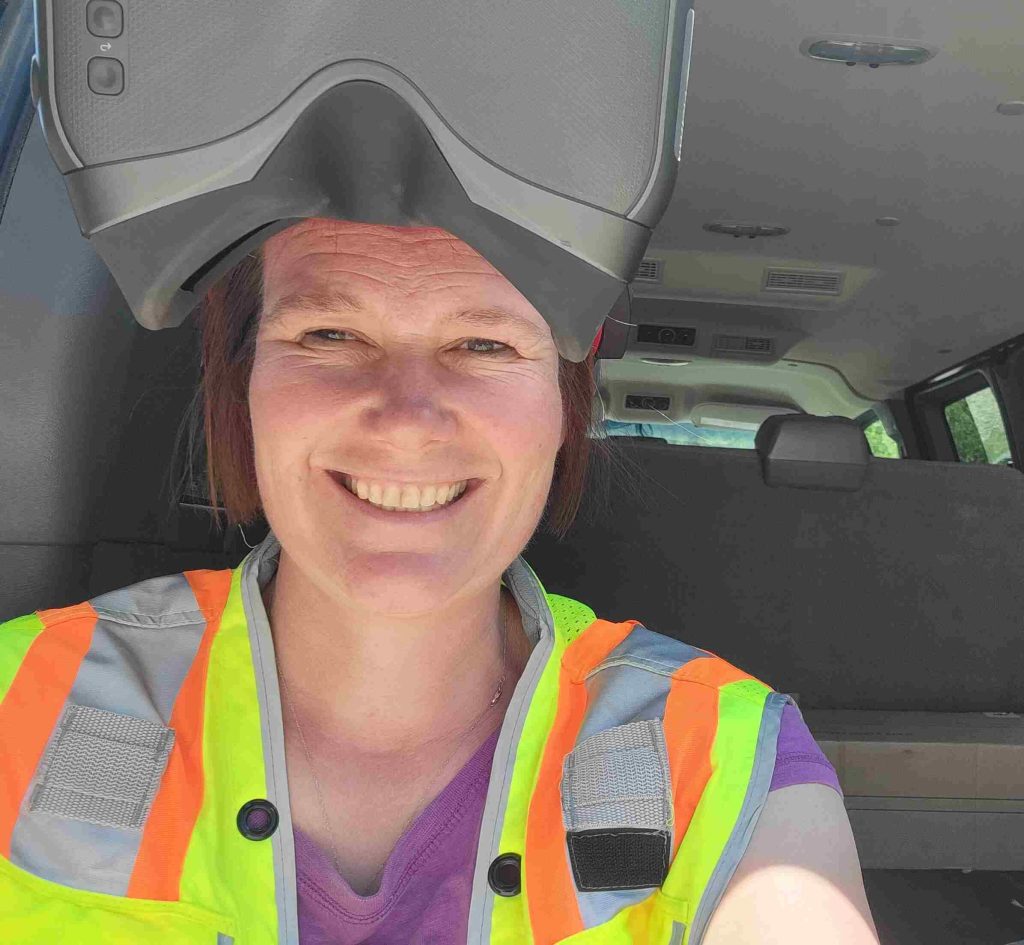A $7.5 million, five-year project funded by the Office of Naval Research is breaking new ground in tidal mudflats research.
Led by Nina Stark, Ph.D., an associate professor in the Department of Civil & Coastal Engineering, this ambitious initiative brings together an interdisciplinary team of researchers from five universities across the country. The project focuses on understanding the geomechanical properties of tidal mudflats, which span vast coastal areas worldwide, pose navigation hazards and remain poorly understood.

“A vital piece of this research is measuring the geomechanical properties of these environments such as their hardness or softness, and how they change over time,” explained Stark. “This will help us map out, through the use of field studies and satellite imagery, the safe navigation of these areas, which has been a major challenge for research, recreational, commercial and military activities.”

The research spans several disciplines, including geotechnical engineering, geophysics, geochemistry, ecology and oceanography, with the goal of developing better tools to predict which areas of muddy tidal flats are safe to cross. Stark and collaborators will conduct fieldwork across a range of field sites, from subtropical to subarctic regions, to better understand the conditions that determine safe navigation.
“Tidal flats are notoriously dangerous and result in fatalities each year from people getting stuck or stranded. Our goal is to predict which areas are safe to cross, whether on foot, by vehicle or by boat,” said Stark. “This is especially crucial for military and emergency services that need to navigate these areas quickly and safely.”
In addition to Stark, the team includes Sungyoon Jung (University of Florida), Julie Paprocki (University of New Hampshire), Emily Eidam (Oregon State University), Kelly Dorgan (University of Texas) and Joey Yang (University of Alaska Anchorage). Together, they are not only advancing scientific understanding of tidal flats but also tackling real-world challenges faced by those who navigate these landscapes, including military and emergency services.
To support this effort, Stark is expanding the team by hiring a research scientist, a postdoctoral researcher and a Ph.D. student, further strengthening the project’s expertise and capacity.
A key factor in the project’s success is the experienced technical staff at the Center for Coastal Solutions (CCS), where Stark serves as associate director for field operations. Their expertise has been essential in scaling the research, and they also mentor students alongside researchers — providing hands-on training, developing technical skills and ensuring safety in the field.

“This project is a huge undertaking,” said Stark. “The team is really fantastic, and having access to CCS’s experienced technical staff allows us to hit the ground running, which wouldn’t be feasible if we had to rely solely on students or temporary staff.”
The success of this project could have a significant impact on improving coastal safety, naval operations and advancing scientific knowledge about these vital yet hazardous environments.
—
By Sharon Ryan
